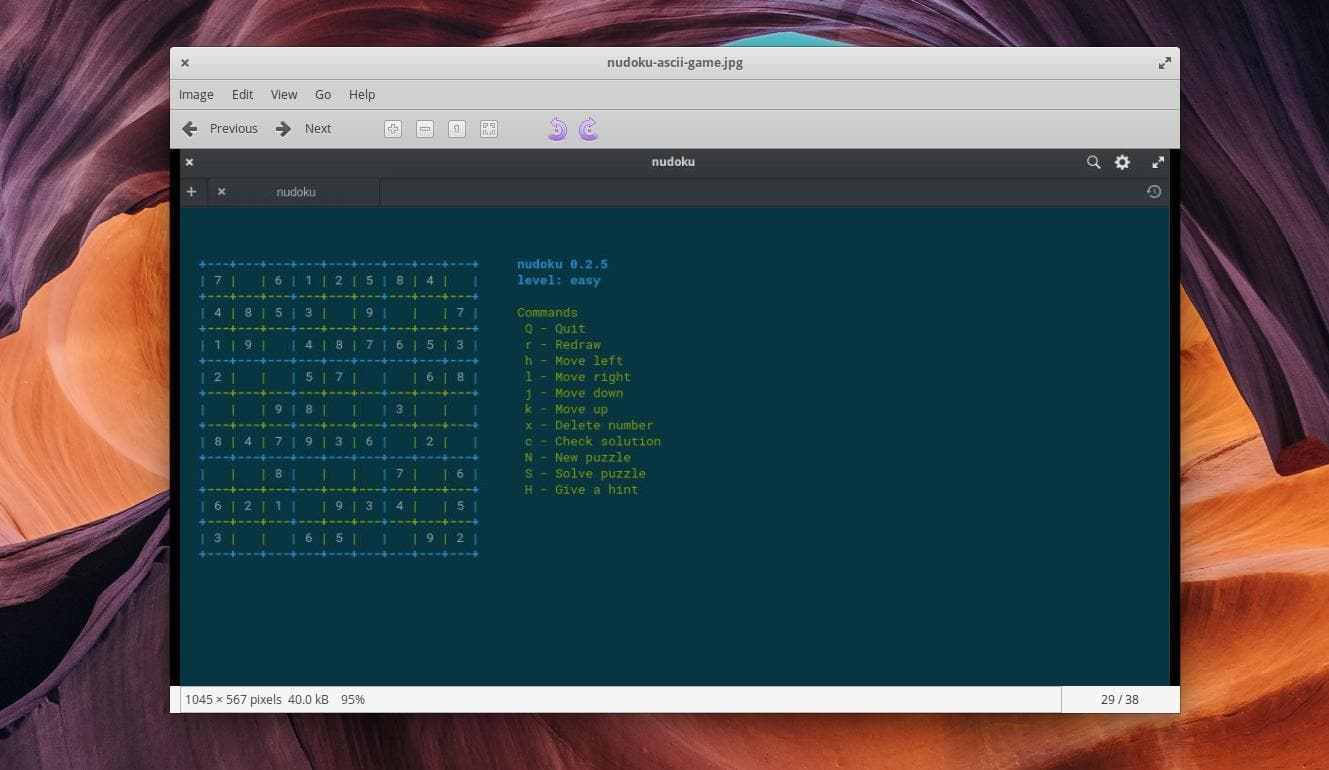

Step 4: Make sure the KpImageViewer is checked.Step 3: Browse to the extracted folder and select " KP-ImageViewerV2.dll".Step 1: Right click on the Toolbox and click Choose Items.To get the control in your Toolbox, perform the following steps: Rotation in degrees (0, 90, 180 or 270 degrees).ĪfterZoom An event that is fired after zooming the image in or out.Ī property that gets the amount of zoom inĪ property that returns if it was a ZoomInĪs with any UserControl, it is as easy as dragging it onto yourįorm. Ranged between 1 and 30 FPS.Ī property to get or set the Image DisplayedĪ property to set the Physical path to an ImageĪ property to adjust the color used by theĪ property to enable or disable the Open buttonĪ property that returns the width of the imageĪ property that returns the height of the imageĪ property to enable or disable the PreviewĪ property to edit the text of the previewĪ property to enable or disable scrollbars.Ī property to adjust the color used by allĪ property to get or set the Image rotationĪ property to enable or disable to previewĪ property to get the amount of zoom in percent.Ī property to get the Original Size of theĪ property to get the Current Size of the Image.Īn event that is fired after rotating the image. Properties of the User Control AllowDropĪ property to enable or disable Drag and DropĪ property to get or set the Background ColorĪ property to enable or disable animationsĪ property to adjust the frames per secondįor the animations of *.gif files. Want to share my work with those who might be having this very same issue. Inside of a panel, potentially good but it had its issues. I have looked around and found solutions such as dragging PictureBoxes In, zoom out, rotate my images and best of all, not have to scale my images down Gap I experienced in displaying images on my forms. macOS 10.11.6 (64bit) El Capitan: Lazarus 1.9.0 carbon trunk, FPC 3.0.The ImageViewer UserControl is something I created to fill in a.When the project is opened, just hit F9 and run. Once you download and install the IDE, just open the project file "ImageViewer.lpr". You can download the Lazarus IDE and FPC(compiler) from here. $ ImageViewer -i 2 -f on -o on -e off C:\Users\\Pictures\Wallpapers\ Build instruction: Specify window should stay on top (default off): Specify a moniter to show fullscreen slideshow (default 0 is the main moniter): Load pictures in the sub folders as well when manually open a picture (default on): Picture stretch Out (fit to window/screen when the size is smaller than window/screen. Picture stretch In (fit to window/screen when the size is bigger than window/screen. Slideshow transitional effect (default on): Slideshow start fullscreen (default off): Slideshow interval in seconds (default 4 seconds): Image Viewer can be launched via command-line, and applications or scripts can also launch Image Viewer with following options. Image Viewer can be launched by (1) double clicking the executable and selecting image files or (2) selecting image files or folders and using "send to" feature in Windows explorer (create "shortcut" file and place it to "shell:sendto" folder) or (3) command-line. Configurable options with command line parameters and popup menus.Full keyboard and mouse playback control.Windows version is available at the Microsoft Store. Simple, minimum, yet configurable photo viewer/slideshow/digital signage software for Windows, Linux, and macOS. Image viewer/slideshow (Windows/Linux/Mac)


 0 kommentar(er)
0 kommentar(er)
